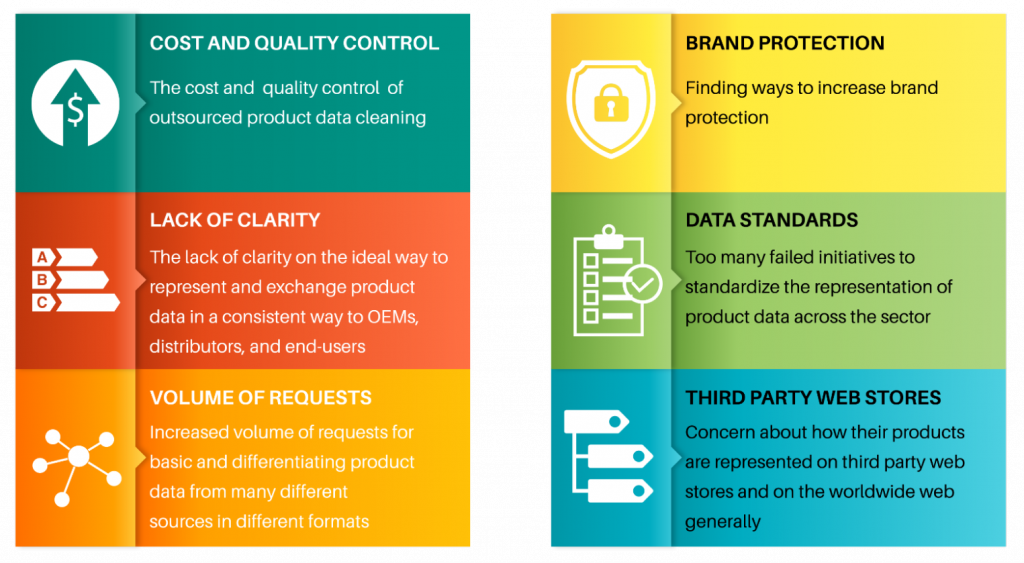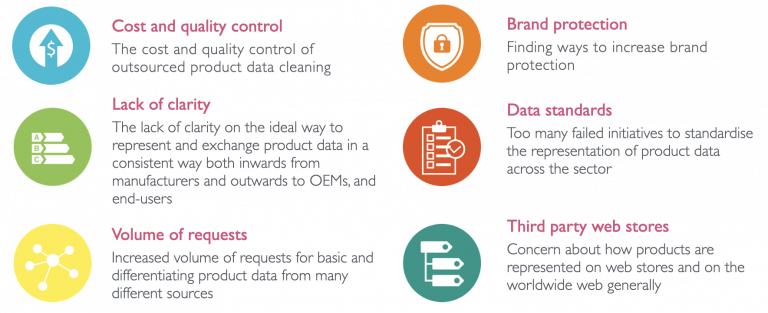Introduction to Hierarchical Classification
Product classification schemes organize products into hierarchical structures, categorizing individual items into broader classes and families. This system enables businesses to systematically manage and identify their product offerings.
Benefits of Standard Product Classification
Adopting a standard product classification structure provides organizations with the flexibility to customize the schema to meet their specific needs. Whether for enhancing search capabilities, facilitating spend analysis, or assigning products to purchasing teams, a unified classification schema streamlines various organizational processes.
Product Identification and Its Importance
Unlike classification schemes, product identification is non-hierarchical and focuses on accurately recognizing and procuring the correct product. This process is essential for ensuring precise product selection and procurement, devoid of hierarchical categorization.
Choosing the Right Classification Scheme
When implementing a classification scheme such as UNSPSC, ECLASS, or the World Customs Organization Harmonized System, the initial step involves determining the scheme’s purpose. Deciding on the appropriate level (1, 2, 3, or 4) for product mapping is crucial based on the organization’s specific needs.
User Input and Scheme Updates
Active user participation in schemes like UNSPSC results in consistent product titles at the commodity level, simplifying adoption. However, this does not apply equally to all product classes, so it is important that you determine of the classes that are appropriate to your business suit your needs. Annual updates to schemes like UNSPSC and ECLASS present challenges, such as the introduction of new codes and the deprecation of old ones.
Practical Example and Version Consideration
The illustration above maps the ISO product class “spherical roller bearings” across different classification schemes, highlighting the varying degrees of granularity. This example underscores the importance of selecting the right scheme and scheme level for effective product classification.
Versioning and Its Implications
The practice of regularly updating classification schemes necessitates that organizations pay close attention to versioning. Failure to note the version of a scheme can lead to confusion, emphasizing the need for clear communication and understanding of the chosen classification system, especially when exchanging codes with third-parties.










